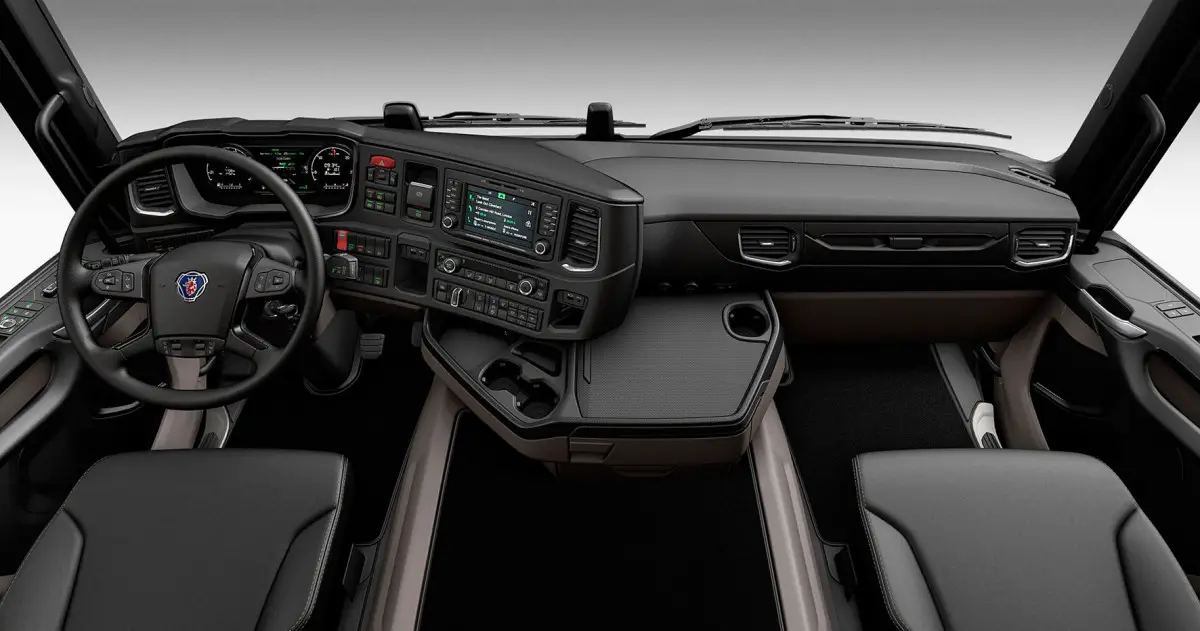The importance of proper trip logging
What is a trip log?
The word says it all: a trip log is a record of the trips driven by a (business) vehicle. More specifically, a trip log includes an accurate record of the number of miles driven. There are a number of legal requirements attached to proper trip logging. We list them.
The requirements of proper trip logging
The type of vehicle also matters. The trip log must show what kind of vehicle it is and of what make and type. In doing so, you also include the license plate number so that everything can be checked if necessary.
A trip log is primarily about the trips driven with the vehicle, of course. These rides need quite a bit of detail recorded. For example, what date the trip took place and what the vehicle’s odometer start and end readings were. The starting and ending destinations must also be indicated. If you have driven a route that is different from the most usual, for example because of a detour, then you should include that as well. Also not unimportant: was it a business trip or a private trip? Also remember that the outward and return trips are considered two separate trips.
What if you combined a business trip with a private destination because you were in the area anyway? You also register that. You record the business miles of the trip, plus separately the private miles you drove extra compared to the usual business route.
Why is proper trip logging important?
Why go to all this trouble? The answer is simple: proper trip records are important to the IRS. After all, the Internal Revenue Service does not allow you to drive private kilometers with a business vehicle. Per year, you may only drive 500 kilometers privately with a business vehicle. If you make more private mileage, then you have to pay additional taxes on the car in question.
What is additional tax?
Additional tax is a percentage of the vehicle’s list value (or daily value for vehicles more than 15 years old). What percentage that is varies by car. For most new cars, it is currently 22%. Is the car (locally) CO2 emission-free? Then a rate of 16% applies. For cars older than 15 years, the rate is 35%. This percentage is called addition, because the amount in question is added to your salary each month as extra income. So you will pay more income tax.
The importance of proper trip logging
So a good trip log is very important, so you can prove how many business and private miles you have driven with the car. That way, both you and the Internal Revenue Service can be sure you are not paying too much or too little additional tax. Do you never drive private kilometers with a business car and therefore do not have to pay an additional taxable benefit? Then trip registration is still important, because you must be able to convincingly prove that you are not driving private miles.
Benefits of automatic trip recording
You can, of course, track the rides driven manually in an Excel document, for example. Much more convenient is to use an automatic trip logger. Especially if you need to track the mileage of multiple vehicles, such as fleet managers. Both administrator and user see per vehicle directly and at a glance how much is driven with it and what kind of kilometers they are. A trip log is also available at the touch of a button for filing with the Internal Revenue Service. Thus, automatic trip recording saves a lot of time compared to manual recording.
Another advantage is that many automatic trip recording systems also provide immediate insight into the driving habits of the driver in question. This allows an employer to see how its employees handle the vehicles. A reward system can also be set up for safe and economical driving.

